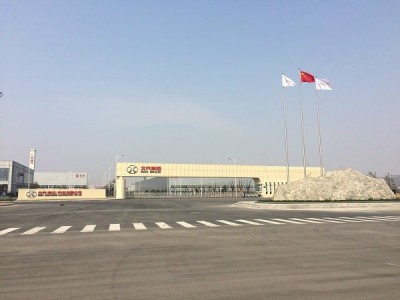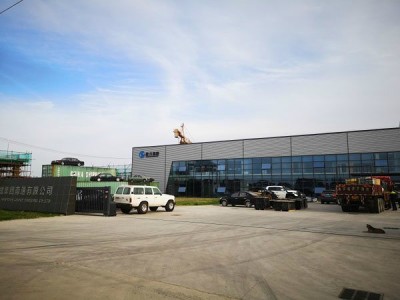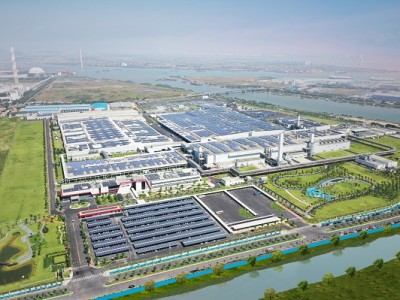Wear-resistant rubber expansion joints are designed to withstand harsh environments, preventing damage from abrasion. But why are they essential for maintaining system efficiency and longevity? Let’s explore.
Wear-resistant rubber expansion joints play a crucial role in preventing wear and tear caused by vibrations and mechanical stress. By absorbing shock, they help maintain equipment efficiency and prevent costly repairs or downtime. Their durability makes them ideal for high-pressure or abrasive applications.
Let’s dive deeper into how these joints function and why they are crucial for various industrial systems.
What is a Wear-resistant Rubber Expansion Joint?
A wear-resistant rubber expansion joint is a specialized type of joint made from high-quality, durable rubber designed to resist wear and damage.
These joints are designed to absorb vibrations, thermal movements, and mechanical stress, ensuring long-term reliability in demanding environments.
Wear-resistant rubber expansion joints are commonly used in pipelines, HVAC systems, and industrial equipment to prevent damage caused by friction and movement. The rubber material used provides flexibility, allowing the joint to absorb vibrations and prevent pressure from building up in systems. They are ideal for environments where high pressure, temperature fluctuations, and abrasive conditions are a concern, ensuring smooth operations and reducing the need for frequent repairs.
How Do Wear-resistant Rubber Expansion Joints Work?
These expansion joints absorb shock and vibration, allowing for movement within piping systems without transferring stress to the connected structures.
The rubber material used in wear-resistant joints has elasticity, which allows it to expand and contract in response to system movements, preventing excessive pressure buildup and damage to equipment.
These joints also act as shock absorbers, reducing noise and vibration that can wear down machines over time. In industrial systems such as pumps, fans, and compressors, wear-resistant rubber expansion joints help mitigate the effects of mechanical stress and ensure smooth operation by allowing the system to flex without compromising its integrity. This function is especially important in high-impact environments where constant vibrations can cause significant damage to piping and other equipment.
What Are the Benefits of Using Wear-resistant Rubber Expansion Joints?
Wear-resistant rubber expansion joints provide significant benefits, including prolonged equipment lifespan, reduced maintenance, and better energy efficiency.
These joints help prevent leaks, reduce mechanical stress, and minimize the need for costly repairs. They also offer excellent vibration isolation, enhancing the overall stability of the system.
In industries such as power generation, water treatment, and manufacturing, wear-resistant rubber expansion joints are essential for ensuring smooth operations. Their ability to absorb vibrations and movement prevents excessive wear and tear on machinery, reducing the likelihood of breakdowns and maintenance costs. Additionally, they improve energy efficiency by preventing leaks and maintaining consistent system pressure, making them an economical choice for long-term operations.
What Materials Are Used in Wear-resistant Rubber Expansion Joints?
Wear-resistant rubber expansion joints are made from materials such as EPDM, natural rubber, or neoprene, each selected based on the specific needs of the application.
The material choice depends on the operating conditions, with factors like temperature, chemical exposure, and mechanical stress influencing the selection of rubber compounds.
For instance, EPDM rubber is ideal for environments where resistance to weathering, ozone, and UV exposure is needed, making it suitable for outdoor applications and high-temperature environments. Neoprene, on the other hand, offers excellent resistance to oils, solvents, and chemicals, making it the preferred choice for industrial systems exposed to harsh chemicals. Natural rubber, known for its resilience and flexibility, is often used in general industrial applications where high mechanical stress and flexibility are required.
How Long Do Wear-resistant Rubber Expansion Joints Last?
The lifespan of wear-resistant rubber expansion joints can vary depending on the materials used, operating conditions, and maintenance practices.
On average, these joints last between 5 to 15 years, but proper installation and maintenance can extend their service life. Factors such as vibration intensity and temperature fluctuations can affect durability.
Regular inspection and maintenance of wear-resistant rubber expansion joints are essential to ensure their longevity. Routine checks for cracks, signs of wear, or degradation of the rubber material can prevent unexpected failures and improve the lifespan of the joint. Proper installation also plays a key role in extending its service life by ensuring that it is not subjected to excessive stresses or movement beyond its design limits. Proper maintenance schedules and timely replacements are critical to maximizing the performance of these joints.
Summary
Wear-resistant rubber expansion joints are vital for reducing wear, preventing damage, and extending equipment lifespan in various industrial systems. Their durability ensures long-term operational efficiency.

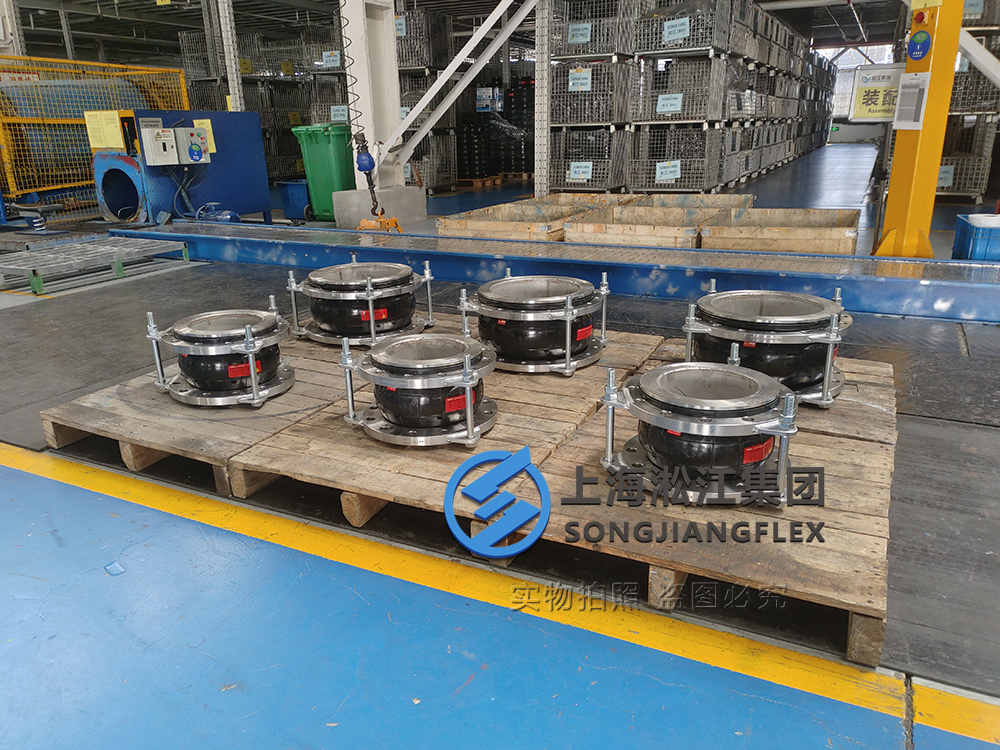
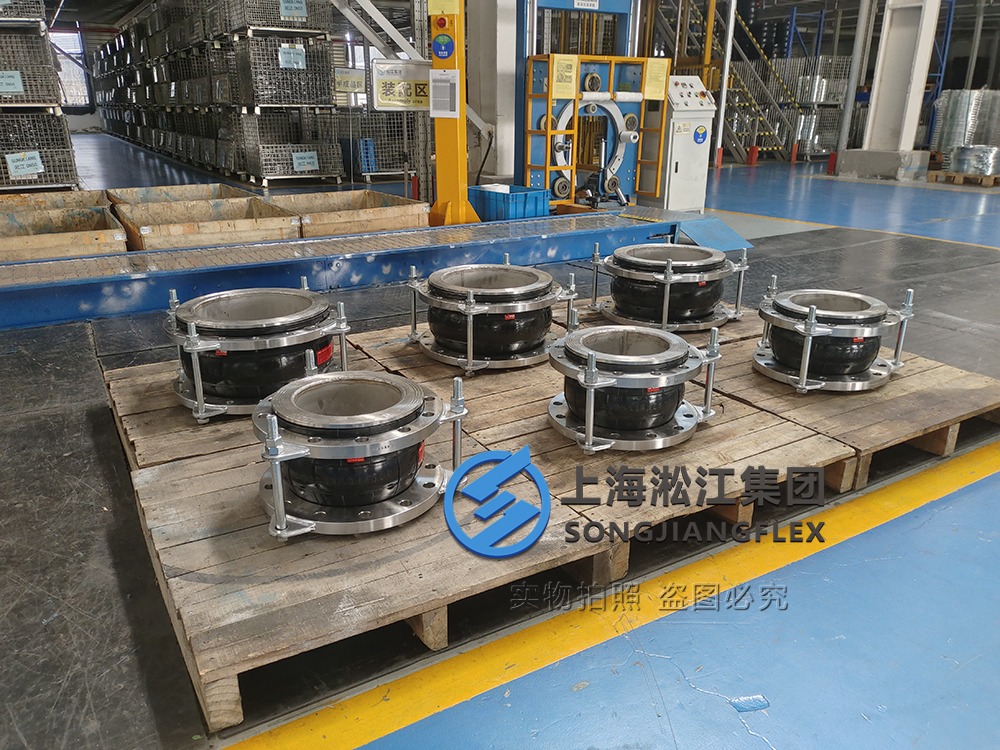
Our company’s new website is now live, featuring the latest product introductions. For more details, please visit https://shsjflex.com


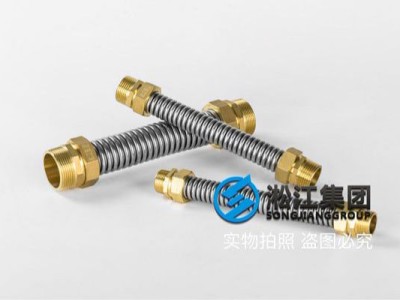
![[SUS 304] stainless steel Water Pump Rubber Expansion Joints of Waterworks](https://pump-rubber-expansion-joint.com/wp-content/themes/xsding.sj/timthumb.php?src=https://pump-rubber-expansion-joint.com/wp-content/uploads/2022/06/Water-Pump-Rubber-Expansion-Joints-17.jpg&h=300&w=400&zc=1)
![[JIS] Japanese standard Water Pump Rubber Expansion Joints](https://pump-rubber-expansion-joint.com/wp-content/themes/xsding.sj/timthumb.php?src=https://pump-rubber-expansion-joint.com/wp-content/uploads/2022/06/Water-Pump-Rubber-Expansion-Joints-15.jpg&h=300&w=400&zc=1)
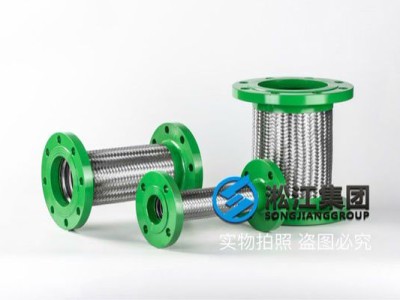
![[Reinforced] double sphere water pump rubber expansion Joints with control tie rods](https://pump-rubber-expansion-joint.com/wp-content/themes/xsding.sj/timthumb.php?src=https://pump-rubber-expansion-joint.com/wp-content/uploads/2022/06/Water-Pump-Rubber-Expansion-Joints-10.jpg&h=300&w=400&zc=1)
![[NR] double sphere water pump rubber expansion Joints“Shockproof and noise reduction”](https://pump-rubber-expansion-joint.com/wp-content/themes/xsding.sj/timthumb.php?src=https://pump-rubber-expansion-joint.com/wp-content/uploads/2022/06/Water-Pump-Rubber-Expansion-Joints-3-12.jpg&h=300&w=400&zc=1)


